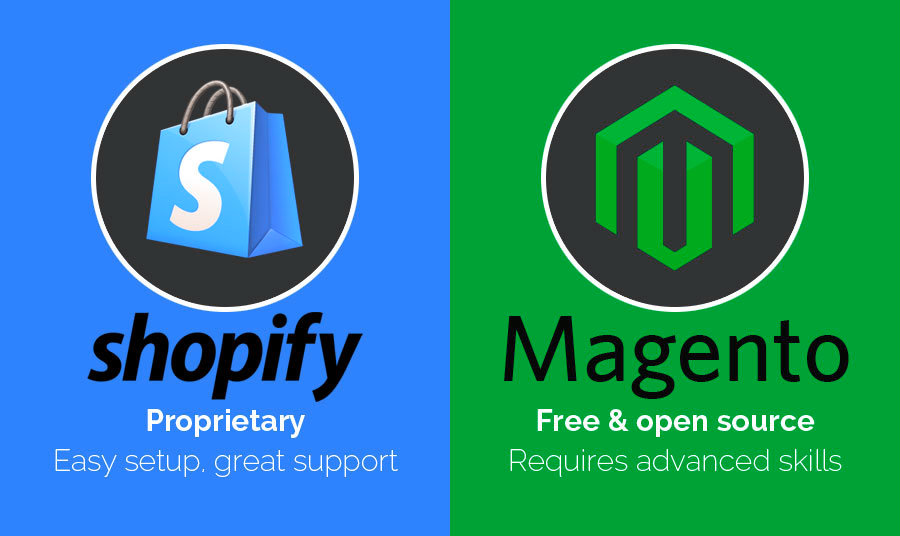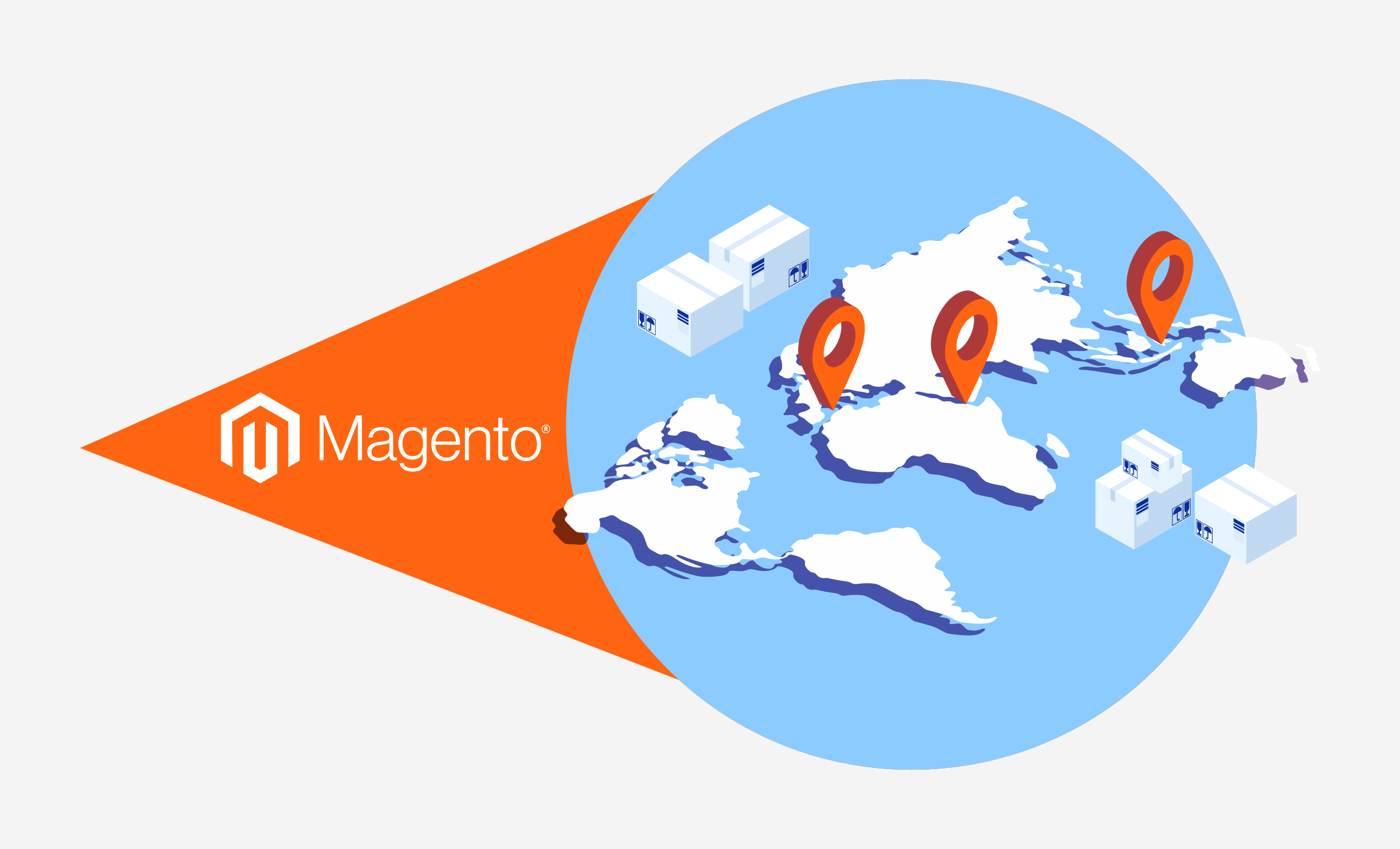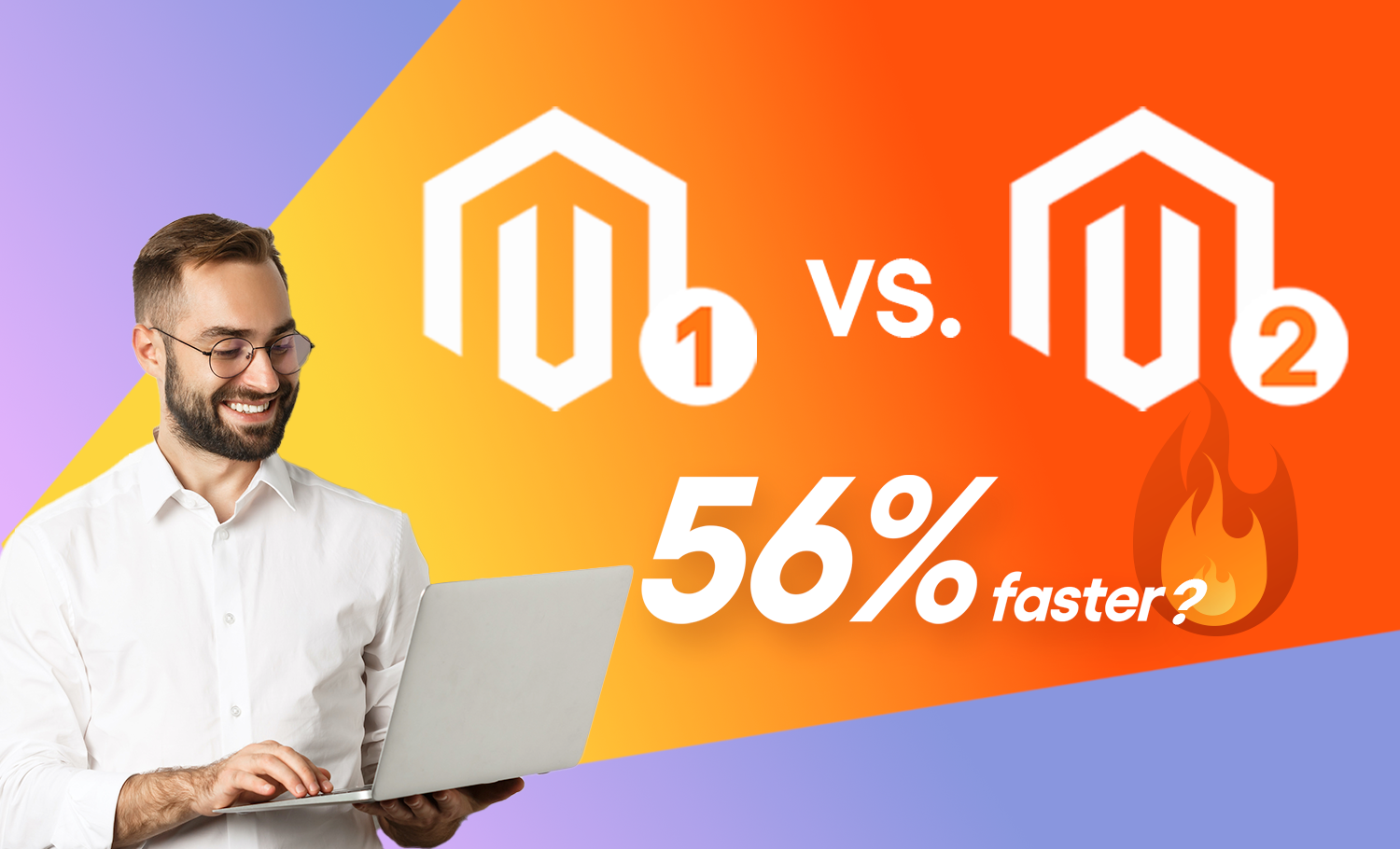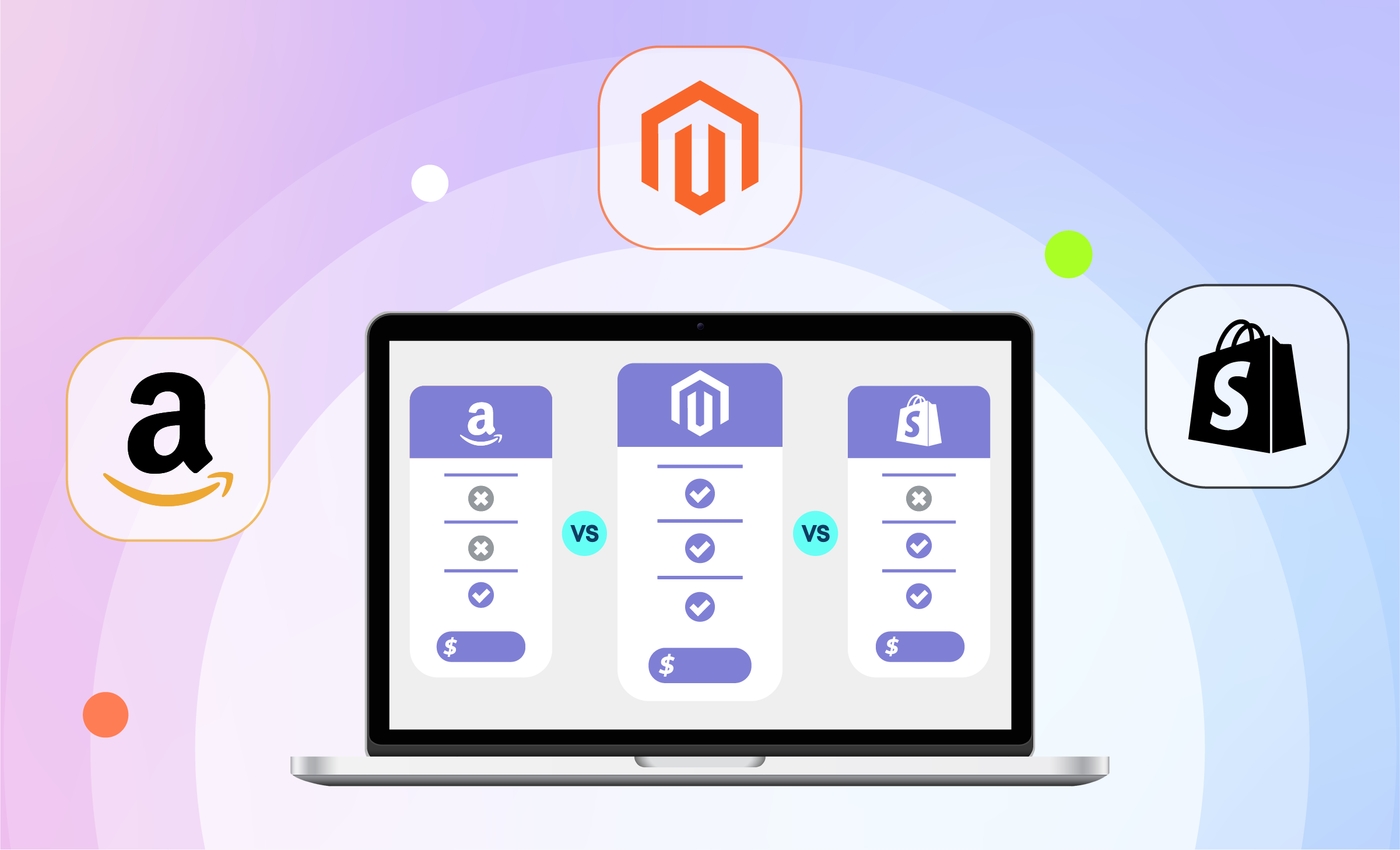Nowadays, starting and running an online business can be exciting and lucrative. There are hundreds eCommerce solutions available which enable the creation of any type of virtual store. Some of the solutions allow merchants to start selling goods in minutes, while others require a bit more time to setup and get ready for the sales process.
However, every product has its buyer. That’s why it is hard to point to an obvious leader amongst the stand-alone shopping carts, API platforms and CMS plugins for eCommerce. Each solution has its own distinctive features that can meet the needs of many e-merchants. At the same time, these same functions will be useless and even annoying to other store owners.
So, let’s take a deeper look at pros and cons of a few of the best eCommerce solutions — Magento (in 2021 Magento was rebranded as Adobe Commerce) and Shopif . It will be interesting to find out which is the best!

Ease of use and customization
Shopify is user friendly out of the box. It does not require too much of learning. There are ready instructions you can use to set it up and the process automatically helps you create designs, set up payment and shipping methods and the rest follows.
Magento (Adobe Commerce) is user friendly too. It allows a new user to easily set it up. But, it requires some technical expertise to get it up and running for you. But this is not as much of a concern, as Magento developers can easily set this up for you and the good news is these days finding a good Magento developer is pretty easy and affordable too!
So, if you are a small business or starting out on a small budget, Shopify is for you. Well, if your future plans are big, Magento is definitely the answer.
Pricing
As an open source piece of software Magento (Adobe Commerce) has no license cost. Additional costs will include the web design, build, product population and hosting. Shopify is a hosted solution with a monthly fee dependant on the number of products in your store. One advantage of Shopify is the unlimited bandwidth you get and not having to purchase hosting. This might make a lot of sense if you sell a small range of products, but if you are selling a wide range of products, Magento is a much better solution and can be scaled as your business grows. Magento is clearly a better fit for anyone who is serious about running a successful online business.
Scalability
Businesses definitely aim for growth. But as businesses grow, the infrastructure that supports the business should also accommodate the changes. Scalable platforms are definitely the solution.
Magento is a platform that is built for scalability. It can handle huge traffic and the databases are robust. Shopify on the other hand is built to handle mild loads.
Extensions and Functionality
Magento (Adobe Commerce) development has seen great success in the past few years. Being open source, many developers and open source enthusiasts have added to functionality and have helped create a rich extension base for Magento. These extensions can be easily installed and features can be easily added.
Hosting
Shopify is a hosted ecommerce solution. You need not go out researching the best host and best environment to set it up.
Magento (Adobe Commerce) however allows you to find the environment and hosting options that are best suited for your business.
Conclusion
At this point, I think that you now have your decision of which platform to use. Shopify is a low-cost, simple, effective e-commerce, easy (even for beginners) to use platform while Magento is a value-for-money, a product for more sophisticating user (experienced online shop builders/developers).
If you’re in the process of weighing up the benefits of Magento (Adobe Commerce) vs Shopify and have more questions please contact us for more information!












